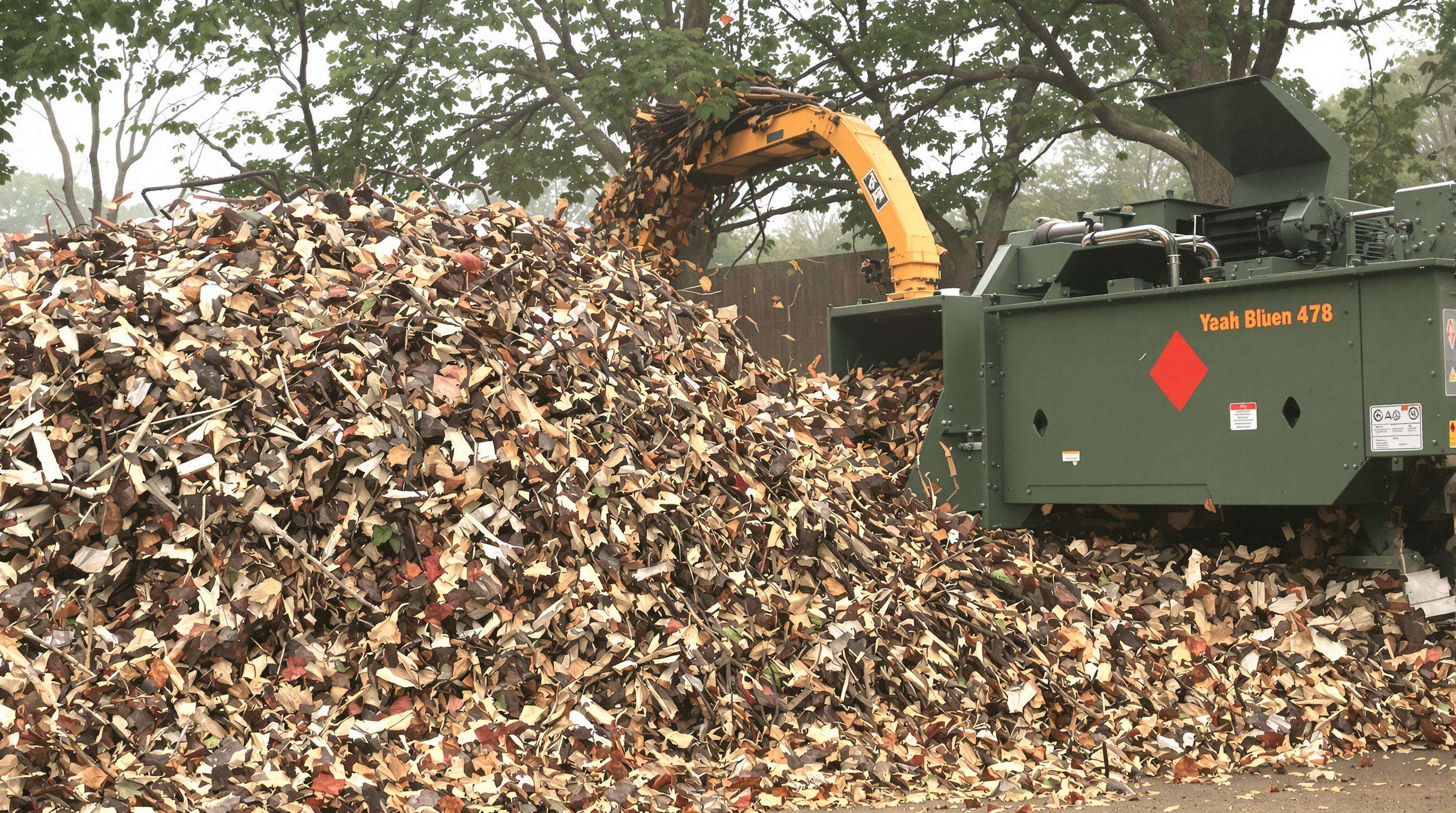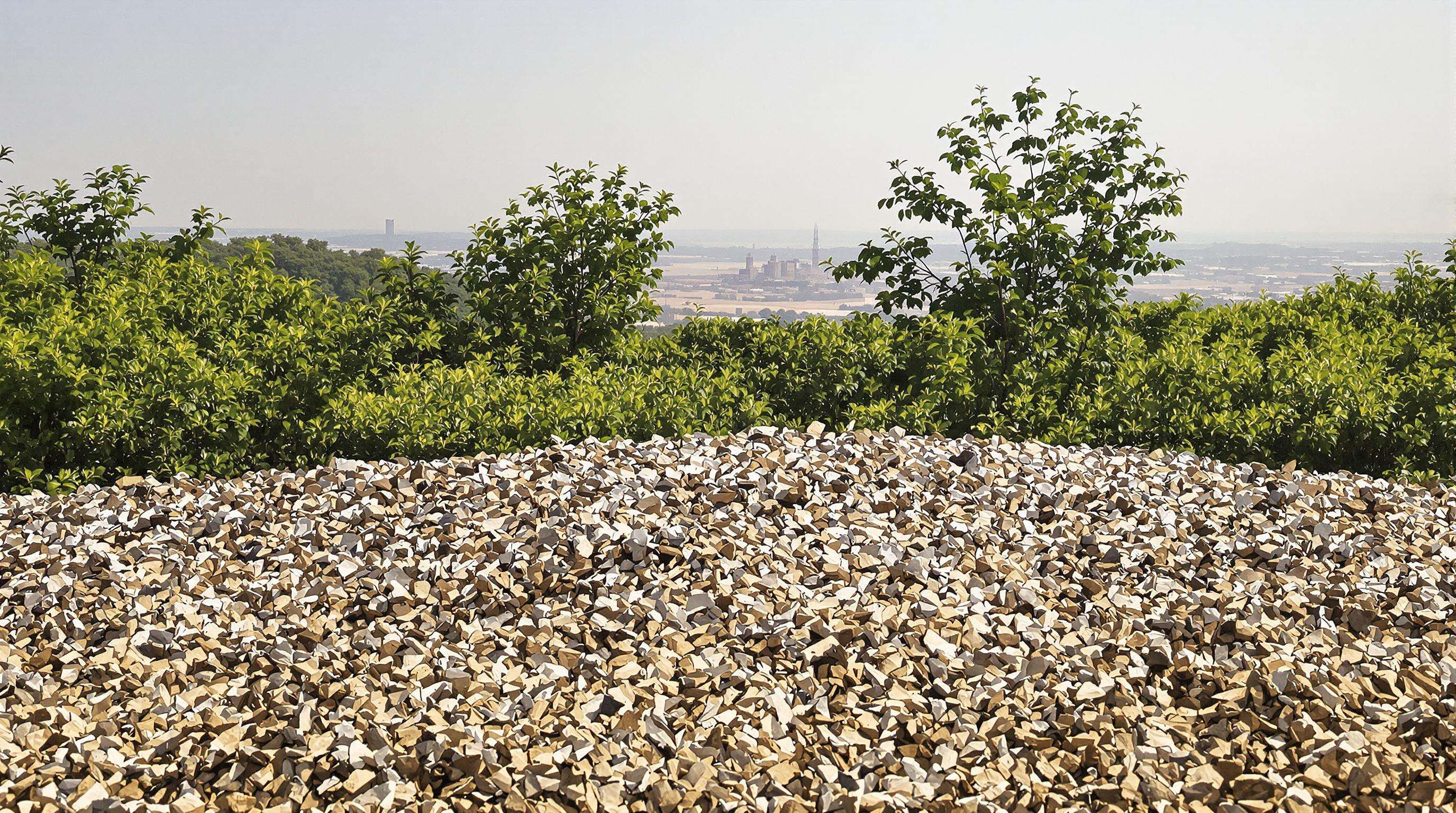Revolutionizing Waste Management with Chipper Shredders

Organic waste accumulation poses growing logistical and environmental challenges. Landscapers, farmers, and homeowners generate approximately 280 million tons of yard trimmings annually, creating disposal constraints. Bulky branches and dense shrubbery occupy disproportionate landfill space while releasing methane during anaerobic decomposition—a greenhouse gas 23x more potent than CO2.
The problem of organic waste accumulation
Urbanization compounds disposal challenges as population density increases green waste generation near infrastructure-limited zones. Unprocessed debris obstructs drainage systems and becomes fire hazards during dry seasons. Rural areas face additional collection inefficiencies where logistics multiply disposal costs substantially without on-site processing solutions.
How chipper shredders transform debris instantly
Modern chipper shredders eliminate volume concerns through rapid downsizing technology, reducing bulk by 10:1. The output transforms into immediately transferable chips ideal for composting or transport, while preventing approximately 5.6 billion tons of airborne pollutants annually from agricultural burning.
Case study: Farm waste volume reduction
A 50-acre orchard operation implemented chipper-shredder technology to manage seasonal pruning waste, reducing disposal trailer loads from 40 to 4 annually. The volume reduction created secondary benefits as chips became erosion-control mulch, eliminating $5,000 in annual mitigation costs.
Optimizing processing speed techniques
Achieving peak throughput requires:
- Material segregation by diameter before feeding
- Progressive blade sharpening schedules
- Alternate loading patterns to prevent clogging
Environmental Advantages of Chipper Shredder Operations

Eco-friendly alternative to burning practices
Chipping operations eliminate dangerous emissions from traditional burning while converting waste into reusable material. This prevents particulate matter and carbon monoxide release, creating cleaner air quality.
Carbon footprint reduction through on-site recycling
Chipper shredder systems prevent up to 0.8 tons of carbon emissions per session compared to conventional disposal routes. The recycled mulch sequesters carbon in soil systems, creating natural carbon sinks.
Industry paradox: Convenience vs. sustainability debates
Studies reveal traditional disposal methods generate 300% higher lifecycle emissions than chipping solutions, creating a critical sustainability gap in green waste management.
Mitigating landfill contributions systematically
Chippers reduce green waste volumes by up to 80%, preserving roughly 9 cubic meters of landfill capacity per ton processed while preventing hazardous methane emissions.
Cost and Labor Savings Through Chipper Shredder Efficiency
Eliminating disposal fees and transport costs
On-site processing reduces volume by 90%, sidestepping landfill charges and hauling contracts. The immediate volume compression prevents accumulation fees during peak seasonal surges.
Time compression in seasonal cleanup workflows
Manual bundling cycles shrink from hours to minutes—a critical efficiency during autumn leaf drops or post-storm cleanups. One equipment operation replaces multiple crew members hauling debris.
Data: Annual savings comparison analysis
Businesses processing 500+ tons of green waste annually save $17,800 in disposal fees, with most recovering equipment investments within 18 months. Compared to outsourcing at $100-150/hour, autonomous chipping creates sustained margin improvements.
Dual-purpose equipment investment strategy
The same machinery producing nutrient-rich mulch eliminates separate purchases of soil conditioners—saving $200-400/acre in agricultural applications while closing resource loops.
Operational Versatility in Diverse Landcare Scenarios
Branch-to-leaf material adaptability spectrum
Modern chipper shredders process organic debris across a toughness continuum without pre-sorting, reducing branches up to 4-inch diameter and delicate foliage into uniform particles in single-pass processing.
Specialized attachments for unique applications
Interchangeable components like vacuum systems and brush-grappling attachments expand functionality, with agricultural studies showing adaptable implements substantially reduce equipment needs.
Urban vs. agricultural implementation variations
Municipal operations prioritize maneuverability and noise reduction, while farming applications demand tractor-powered throughput for orchard pruning waste. Electric models are increasingly employed for urban landscape maintenance.
FAQ Section
What are the main benefits of using chipper shredders?
Chipper shredders effectively reduce the volume of organic waste, transform debris into reusable mulch, and decrease harmful emissions compared to traditional disposal methods like burning.
How do chipper shredders help in reducing carbon footprint?
Chipper shredders lower carbon emissions by allowing on-site recycling, which avoids the need for conventional waste disposal that contributes significantly to carbon emissions.
Are chipper shredders cost-effective?
Yes, by eliminating disposal fees and transport costs, businesses can save significantly and recover chipper shredder investments within months.
Can chipper shredders be used in urban areas?
Yes, electric chipper shredders are particularly suitable for urban landscape maintenance as they prioritize maneuverability and noise reduction.

